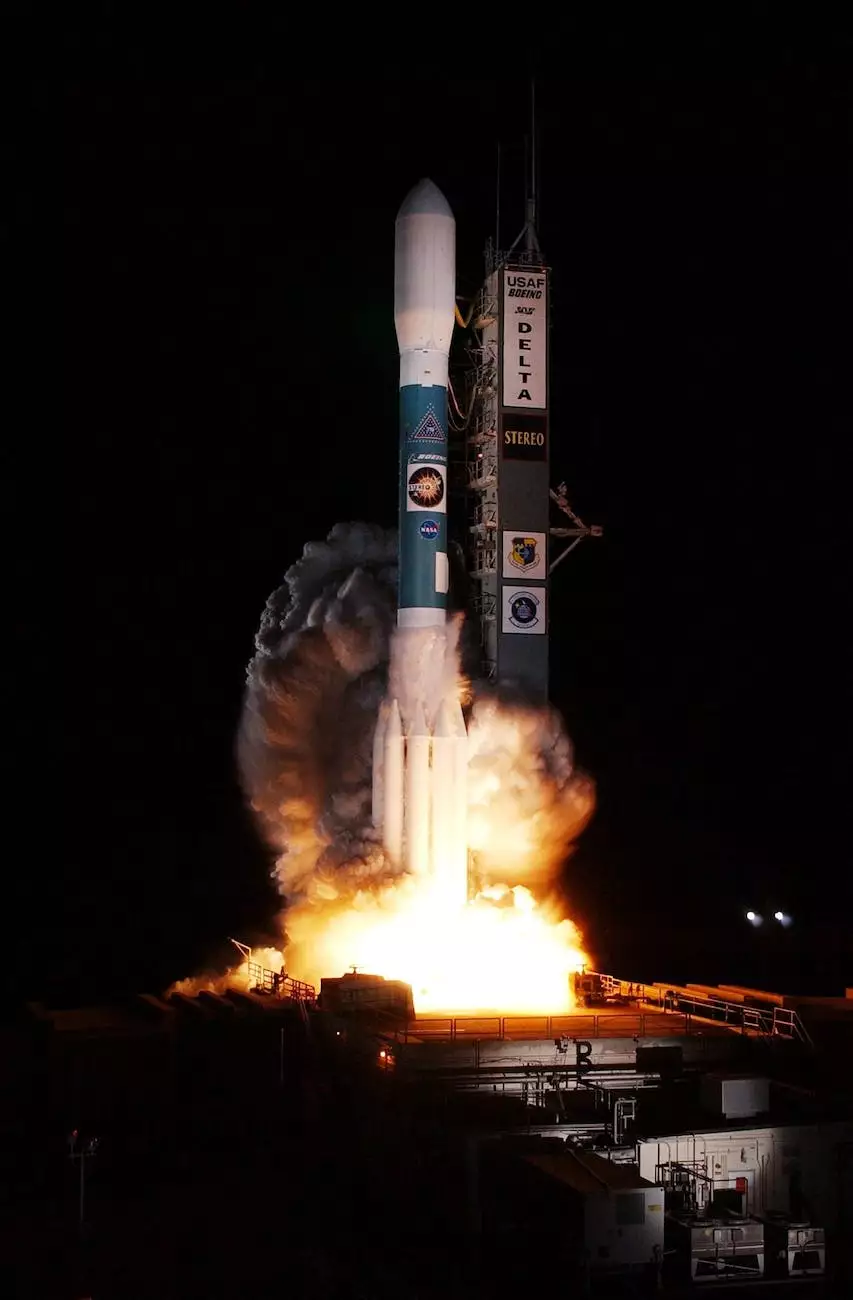Vector and Bitmap Graphics Info

Understanding Vector and Bitmap Graphics
When it comes to digital graphics, two primary formats dominate the industry - vector and bitmap graphics. At SEO Company Kansas City, we aim to provide you with a comprehensive understanding of these graphics formats, highlighting their differences, advantages, and common use cases.
What are Vector Graphics?
Vector graphics are created using mathematical equations and geometric shapes. They are resolution-independent, meaning they can be scaled up or down without losing image quality. This unique characteristic makes vector graphics ideal for logos, icons, and illustrations where scalability and precise geometrical details are crucial.
Advantages of Vector Graphics
- Scalability: Vector graphics can be resized to any extent without compromising image quality.
- Small File Sizes: Vector files are typically smaller in size compared to bitmap images, making them easier to store and load on web pages.
- Editable: Vector graphics are editable, allowing designers to modify individual elements, colors, and shapes.
- Smooth Lineart: Due to their mathematical nature, vector graphics offer smooth and crisp line and edge representations.
Common Uses of Vector Graphics
Vector graphics find wide applications in various design fields, including:
- Logo Design
- Illustrations
- Infographics
- Icon Design
- Print Media
- Architectural Drawings
What are Bitmap Graphics?
Bitmap graphics, also known as raster images, are composed of individual pixels arranged in a grid-like pattern. Unlike vector graphics, they are resolution-dependent, meaning scaling them up excessively can result in pixelation.
Advantages of Bitmap Graphics
- Photorealism: Bitmap graphics excel at representing photographs and complex visuals with intricate details.
- Color Variations: Bitmap images allow for a vast array of color shades and gradients.
- Textures and Effects: Bitmap graphics can capture and display detailed textures, shadows, and various visual effects.
- Photo Editing: Bitmap images are ideal for photo editing and manipulation due to their pixel-based nature.
Common Uses of Bitmap Graphics
Bitmap graphics are widely used in many industries, including:
- Photography
- Digital Artwork
- Web Design
- Video Games
- Mobile Applications
- Image Editing Software
Choosing the Right Graphics Format
Deciding whether to use vector or bitmap graphics depends on your specific project requirements and intended use. While vector graphics offer scalability and crispness, bitmap graphics excel at representing detailed, complex visuals.
Considerations for Vector Graphics
Opt for vector graphics in the following scenarios:
- When designing logos or icons that need to be resized for various purposes
- When creating illustrations or infographics with precise geometrical shapes
- When working on print media or architectural drawings that may require scaling at any point
Considerations for Bitmap Graphics
Choose bitmap graphics when:
- Working with complex, photorealistic visuals like photographs or digital artwork
- Developing websites with visually rich elements and detailed textures
- Designing graphics for video games or mobile applications
- Performing extensive photo editing and manipulation
Conclusion
In summary, understanding the differences between vector and bitmap graphics is essential for making informed design choices. SEO Company Kansas City offers comprehensive information on vector and bitmap graphics, their unique features, and common use cases. Whether you require scalability and precise shapes or photorealistic visuals, choosing the right graphics format is vital for achieving the desired outcome in your projects.










